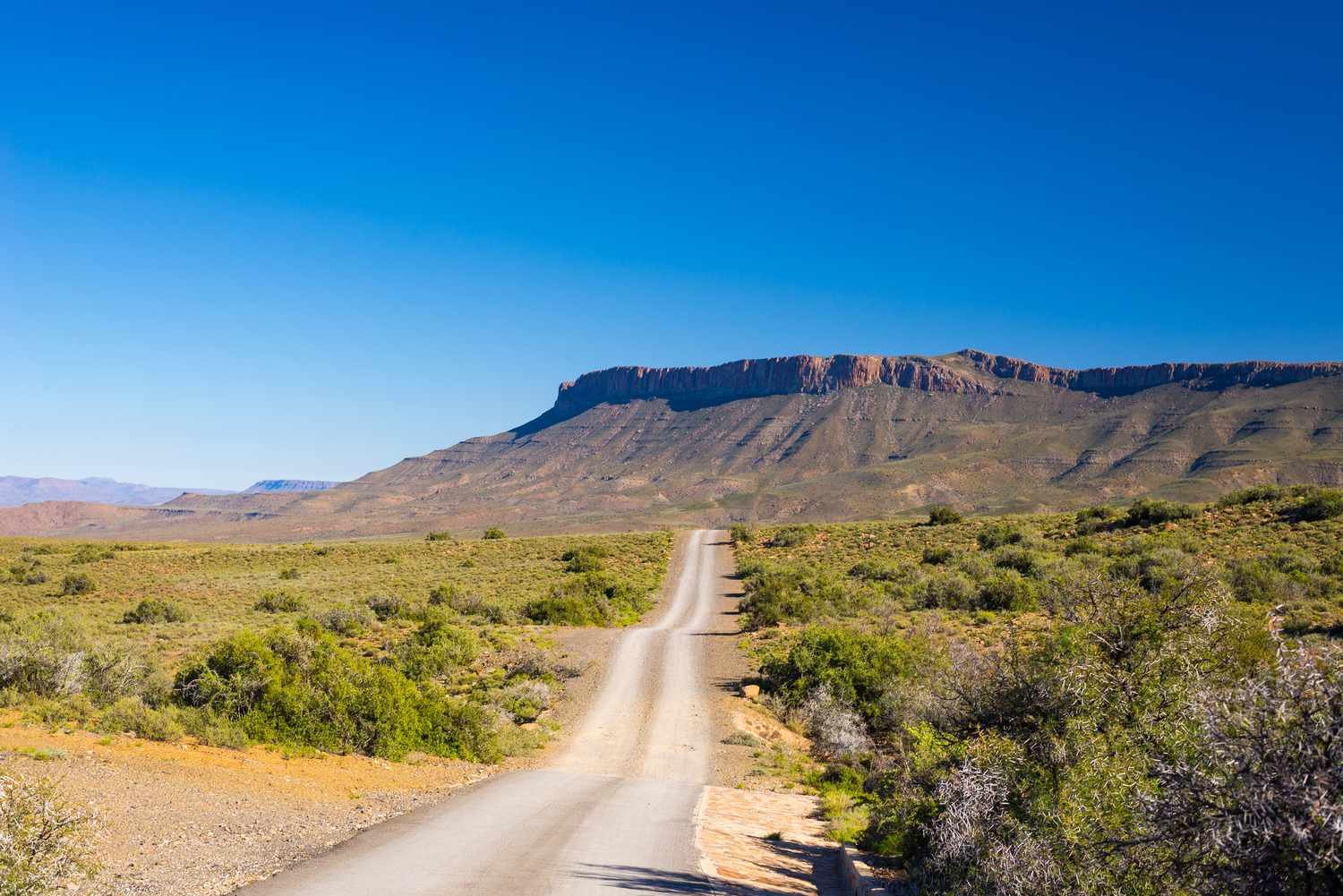The Karoo, a semi-desert natural region in South Africa, is a land of stark beauty and surprising resilience. It stretches across a vast expanse of the country, encompassing diverse landscapes, from the stark beauty of the Great Karoo to the fertile valleys of the Little Karoo. This article will delve into the unique characteristics of this fascinating region, exploring its geography, climate, biodiversity, and cultural significance.
Geography and Geology
The Karoo is a plateau characterized by rolling hills, flat plains, and rugged mountains. It encompasses two main regions:
The Great Karoo: A vast, arid plateau dominated by open grasslands, sparse vegetation, and dramatic mountain ranges.
The Little Karoo: A fertile valley nestled between the Swartberg and Langeberg mountain ranges, known for its vineyards, olive groves, and fruit orchards.
The Karoo’s geology is equally diverse. Millions of years ago, this region was a vast inland sea, resulting in a rich fossil record. The Karoo Supergroup, a geological formation spanning hundreds of millions of years, is renowned for its well-preserved fossils of ancient reptiles, including dinosaurs.
Climate
The Karoo is a broad term encompassing several distinct subregions, each with its own unique characteristics.
The Great Karoo: This vast, open plateau is characterized by its arid climate, sparse vegetation, and dramatic mountain ranges. It experiences hot summers and cold winters, with rainfall often scarce and unpredictable.
The Little Karoo: Nestled between the Swartberg and Langeberg mountain ranges, the Little Karoo enjoys a more temperate climate with higher rainfall. This region is known for its fertile valleys, vineyards, and fruit orchards.
The Succulent Karoo: This unique biome, situated along the western coast of South Africa, boasts an extraordinary diversity of succulent plants, adapted to survive in the harsh desert conditions.
Economic Activities
The Karoo’s economy is based on a variety of activities, including:
Agriculture: Sheep and goat farming are traditional economic activities in the region. The Little Karoo is known for its vineyards and fruit orchards.
Mining: The Karoo has significant mineral resources, including coal, manganese, and diamonds.
Tourism: The region’s natural beauty and cultural attractions draw a growing number of tourists, contributing to the local economy.
Ecotourism: Ecotourism initiatives are gaining popularity, offering visitors the opportunity to experience the Karoo’s unique ecosystems and wildlife in a sustainable manner.

Biodiversity
Despite its arid climate, the Karoo boasts a surprising diversity of flora and fauna.
Flora: The region is home to a variety of drought-resistant plants, including succulents, shrubs, and grasses. The iconic Karoo biome is characterized by succulent plants like the quiver tree and various species of aloes.
Fauna: While large mammals are relatively scarce, the Karoo supports a diverse range of smaller animals, including reptiles, insects, and birds. The Karoo National Park, located in the Great Karoo, is home to various antelope species, zebras, and ostriches.
Human History and Culture
Humans have inhabited the Karoo for millennia. The San people, also known as the Bushmen, are the region’s earliest known inhabitants. Their rock art, found in numerous caves and shelters throughout the Karoo, provides valuable insights into their way of life and beliefs.
The arrival of European settlers in the 17th and 18th centuries brought significant changes to the region. Sheep and goat farming became the dominant economic activity, leading to the development of distinctive Karoo architecture, including the iconic Cape Dutch farmsteads with their whitewashed walls and thatched roofs.
Unique Adaptations of Flora and Fauna
Succulent Wonders: The arid climate has fostered the evolution of unique plant life. Succulents like the quiver tree, with its distinctive shape and towering height, are iconic symbols of the Karoo. They have adapted to survive with minimal water by storing moisture in their thick leaves and stems.
Adaptable Wildlife: The Karoo supports a diverse range of wildlife, each with its own unique adaptations to the harsh environment. For example, the springbok, an antelope species, can survive long periods without water by extracting moisture from their food.
Tourism and Economic Activities
Today, the Karoo is a popular tourist destination, attracting visitors with its unique landscapes, stargazing opportunities, and outdoor activities.
Ecotourism: The Karoo offers a range of ecotourism activities, including game drives, birdwatching, and hiking.
Wine Tourism: The fertile valleys of the Little Karoo are home to numerous vineyards, offering wine tasting experiences and tours.
Adventure Activities: The region provides opportunities for adventure activities such as 4×4 driving, mountain biking, and rock climbing.
Fossil Hunting: The Karoo’s rich fossil record attracts paleontologists and fossil enthusiasts from around the world.
Challenges and Conservation
The Karoo a semi faces several environmental challenges, including:
Desertification: Overgrazing, drought, and climate change are contributing to desertification in parts of the region.
Water Scarcity: The arid climate and limited water resources pose significant challenges for agriculture and human settlements.
Conservation: Efforts are underway to protect the unique biodiversity of the Karoo, including the establishment of protected areas and sustainable land management practices.
Final Thoughts
The Karoo, a semi with its vast landscapes, unique biodiversity, and rich cultural heritage, is a truly remarkable region. By understanding and appreciating the unique characteristics of this environment, we can work towards its conservation and ensure that it remains a source of wonder and inspiration for generations to come.
FAQs
What is Karoo?
The Karoo is a semi-arid region in South Africa, renowned for its vast, open landscapes, diverse ecosystems, and rich cultural heritage. Characterized by arid climates, sparse vegetation, and dramatic mountain ranges, it encompasses distinct subregions like the Great Karoo, known for its harsh conditions and open plains, the Little Karoo, nestled between mountain ranges with fertile valleys, and the Succulent Karoo, boasting a unique diversity of succulent plant life.
What are the defining features of the Great Karoo?
The Great Karoo is characterized by vast, open plains, sparse vegetation dominated by grasses and shrubs, and dramatic mountain ranges such as the Nuweveldberg and Roggeveldberge. It experiences a harsh climate with hot summers, cold winters, and low, unpredictable rainfall.
How does the Little Karoo differ from the Great Karoo?
Unlike the Great Karoo, the Little Karoo features more fertile valleys and plains, nestled between the Swartberg and Langeberg mountain ranges. It enjoys a more temperate climate with higher rainfall, making it suitable for fruit orchards, vineyards, and olive groves.
To read more, Click Here




Leave a Reply